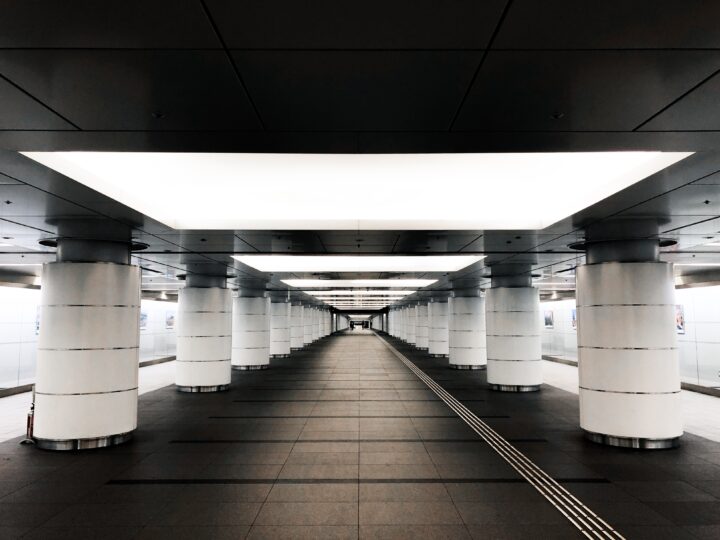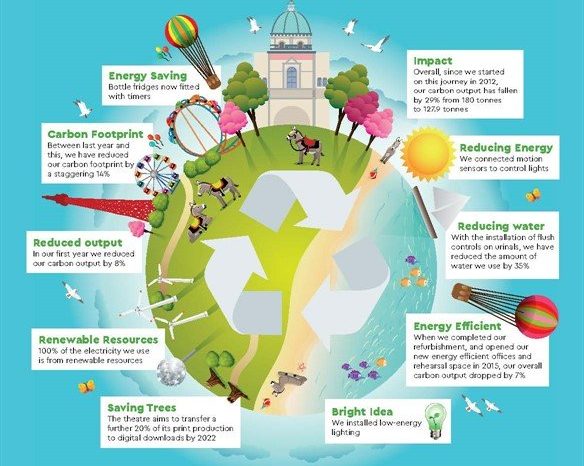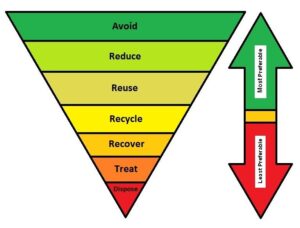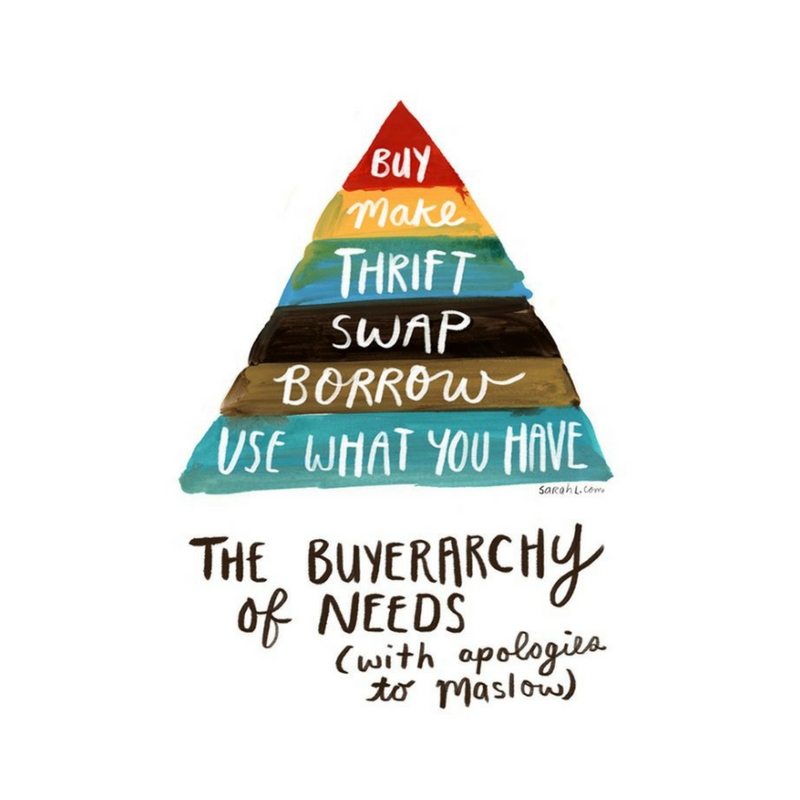- Posted on May 1st, 2019
Greening capital projects – what we’ve learnt

– By Claire Buckley, Arts Council England Environmental Programme Lead
Over the last five years in particular, Julie’s Bicycle has worked to support a stronger environmental approach to cultural capital projects. Through this work – from energy audits and practical guides to case studies and peer-to-peer exchange – we have gained a lot of useful insight on what works, what doesn’t, on challenges and opportunities. Below you can find a reflective summary of our learnings, and don’t forget to sign up to the webinar on Greening Capital Projects taking place on June 6th, 2019.
At a time when the urgency of rapid, ambitious environmental action is clearer than ever – when schoolchildren and activists are demanding change, fossil fuel divestment is growing and banks are waking up to the financial implications of climate change – it is crucial to apply an environmental lens to what we invest our money in. Grounding capital projects on environmental values can not only future-proof an investment but also bring other benefits, from well-being to reputation and financial. So, it is an opportune moment to share our insights on how cultural organisations can up the environmental ante on capital projects. In a nutshell, they are:
- Be clear from the start on what you want to achieve and what metrics you can use to track this, even if environmental sustainability is not the primary aim of your capital project
- Be resourceful, creative and collaborative
- It’s the people, stupid!
- Choose your options wisely – the best environmental solutions do not necessarily have to be the most technological, expensive or high profile
- Do the right environmental thing
We’ll cover each one of these in detail below.
Be clear from the start on your aims and what metrics you can use to track these
Cultural organisations will have different reasons for investing e.g. improving accessibility, reaching new audiences, creating new learning facilities, improving collections care etc. In some cases, there will be an explicit environmental aim. For example, when Space set out to refurbish four of its artist studio buildings in London, it had three main aims: improving working conditions for artists; increasing building life span; and reducing energy use and costs.
If there is a specific environmental aim for your project, make sure you have a solid baseline before you start e.g. energy use, emissions and costs. This will help you to define clear and realistic environmental targets and metrics which you can integrate in the project brief and use to track outcomes. If your project is expected to increase e.g. space, audience numbers, opening hours etc, it is also important to think about environmental targets and metrics. These metrics must take this into account and consider how you can reduce environmental impact even with increased space, activity etc. Grand Theatre Blackpool, for example, has achieved significant carbon reductions over the last six years through a range of investment and energy-saving measures despite adding new rehearsal space, offices and meeting rooms and increasing audience numbers.

– Grant Theatre Blackpools’ carbon footprint reduction infographic
Even in cases where the environmental angle is not so obvious, there will always be at least some potential to build in environmental principles and choices e.g. if you want to make a venue more accessible, choose environmentally friendly, healthy materials; if you want to reduce your running costs, invest in better insulation or energy efficient appliances; if you want to improve collection care, consider passive method; if you want to improve exhibition displays, purchase reusable systems. Whatever your project, think about how environmental sustainability relates to and can underpin what you are trying to achieve and set some metrics around this, e.g. sourcing sustainable materials, choosing energy efficient equipment, asking digital, website and data storage providers to offer less energy intensive and/or renewable power solutions.
Be resourceful, creative and collaborative
When planning your project, think about what you already have and can use to help achieve your aims, so you can spend money only where it is really needed, especially important at a time of an increasingly challenging funding environment. Think about how to do things differently, more efficiently e.g. avoiding the use of new or virgin materials or repurposing existing spaces. Use your greatest resource, creativity, to find new ways of doing things. Use your network and seek out peers, suppliers etc. who can help you source or develop better environmental materials and solutions.
Village Underground repurposed a disused warehouse, four tube carriages and two shipping containers into event spaces, a creative co-working community and a street art wall and gallery, a less resource-intensive approach than a new build construction. Much of the investment was done through loans from the ethical bank Triodos. With much persistence and determination, Village Underground also succeeded in finding expert support to develop a green roof solution which not only dampens concert noise, but also provides insulation, supports biodiversity, absorbs carbon emissions and other pollutants from the air, helps combat the ‘urban heat island’ effect and has become a place of well-being for staff and tenants. You can find a detailed case study on Village Underground here.

– Village Underground’s refurbished tube carriages in situ, picture courtesy of Village Underground.
The Arnolfini Gallery turned a disused concrete barge into a ‘Ballast Seed Garden’ on Bristol’s Floating Harbour, working with the University of Bristol Botanic Garden and Bristol City Council. The project led to a new partnership with the Soil Association and created a new event space for the gallery. Glyndebourne Opera House has started listing props of value on its website and investing proceeds into its state-of-the-art Production Hub, opening in 2019. Both Contact Theatre and Paraíso School of Samba have invested in electric vehicles and shared their experience and support, contacts through the Fit for the Future network, and Paraíso with groups such as Emergency Exit Arts.
It’s the people, stupid!
At the risk of stating the obvious, the key to success is involving people from the start and throughout – from funders, planners, contractors and suppliers to the people who will operate new spaces, equipment, plant, vehicles or systems and the people who work in, use or visit a space. Understanding and assumptions about environmental issues and solutions can vary widely across different stakeholders. Different user needs, policy, regulation or budget responsibilities, perceptions of success and cost and interests may conflict with environmental aims. On the other hand, you may find environmental champions who can support what you are trying to achieve.
Whatever the size and complexity of your project, be clear from the start on who needs to be consulted, involved, trained, and informed, at what stage and how. Create a shared understanding with the relevant people of what you are trying to achieve overall and where environmental sustainability fits in. Think about what you need to do to ensure that once the project is complete you have the training, knowledge, procedures etc. to make it work.
Choose your options wisely
The best environmental solutions do not necessarily have to be the most technological, expensive or high profile. You don’t want to end up with an overly specified, expensive technology, which you don’t really know how to use, or a technology which may become less viable as government policy evolves e.g. elimination of feed-in-tariffs or longer-term phasing out of the gas network as the UK moves to decarbonise its energy supply.
Consider a range of options, solutions, technologies, materials, behavioural and procedural interventions and define some key criteria for assessing them such as cost, environmental benefits, technology risk, maintenance requirements and costs, reputation and public profile. Talk to other organisations who have experience with the options you are considering. The graphs below taken from Fit for the Future: Investing in Environmentally Sustainable Buildings provide a useful framework for assessing and identifying solutions relating to energy and carbon.
Do the right environmental thing
It can be challenging to figure out the best environmental solution, and the answers are not always so clear cut – the on-going debate on hand-dryers versus paper towels is a simple case in point. The key thing is ground your decisions on a few key environmental principles. Less is generally better – using less energy in the first place is better than having a zero-carbon energy source but not using it efficiently; reusing existing materials, or reclaimed materials is better than purchasing new materials even if sustainably sourced; investing in natural cooling is a better option than an efficient new air-conditioning system which use refrigerant gases (with a global warming potential which far exceeds other greenhouse gases); repairing leaks and pipes and installing water saving devices on existing taps, cisterns etc. can be a more cost-effective option than investing in rainwater harvesting. Overall the principles of the classic waste management hierarchy, or the ‘buyerarchy’ can be generally be applied across different areas.


– The Waste Hierarchy diagram (Left) and The Buyerarchy of needs: thanks to Sarah Lazarovic (Right)
Here are some key points to consider when trying to find the best environmental options.
- Energy and carbon
- avoid – ie use passive solutions such as natural ventilation and daylight, glass cases
- reduce – ie insulate, use thermal mass, energy efficient appliances, low energy lighting, controls to adjust temperature settings according to opening hours and use
- replace fossil fuels with low or zero carbon energy sources e.g. ground or air source heat pumps, electric vehicles
- Materials and resources
- avoid – ie use less materials in the first place or reclaimed and recycled materials
- choose better materials – ie natural, renewable, non-toxic, locally or sustainably sourced, materials and systems designed specifically for reuse or recycling
- Water
- reduce – ie repair and maintain storage tanks, pipes and taps to avoid leaks, use water efficient equipment, plant drought resistant plants which require less water
- reuse and recycle – ie harvest rainwater, use greywater
- Nature
- use nature-based solutions – ie living walls or green roofs which help with cooling and insulation, minimise surface run-off by and provide a home for plant and animal life
- protect – create new spaces for specific animals and plants such as nesting areas, bat boxes and beehives
Further resources
Fit for the Future: Investing in Environmentally Sustainable Buildings, Julie’s Bicycle
Capital Investment – Small Capital Grants, Guidance for Applicants 2019/20, Arts Council England
Water Management in Buildings, Julie’s Bicycle
Water Management at Outdoor Events, Julie’s Bicycle
Village Underground case study, Julie’s Bicycle
Five organisations bridging art and biodiversity, Julie’s Bicycle


